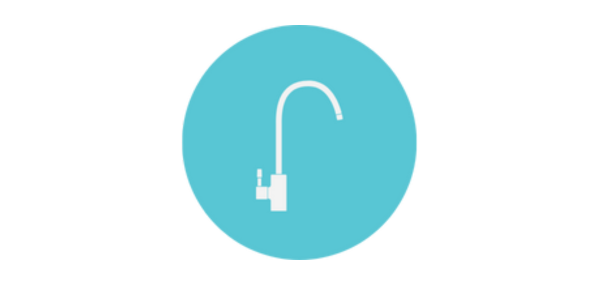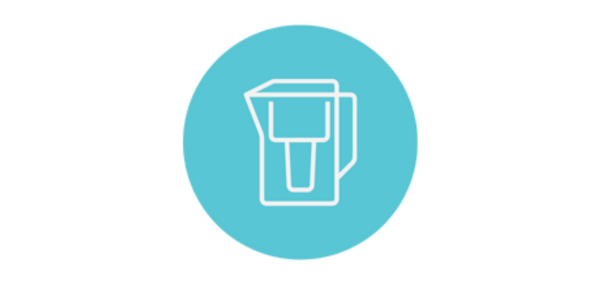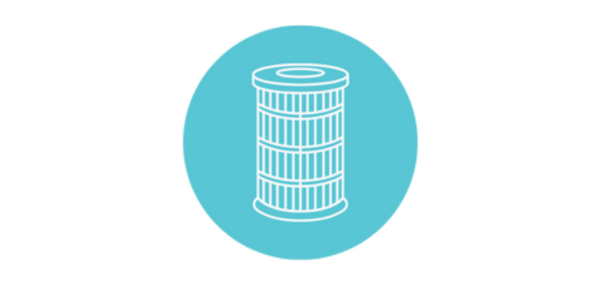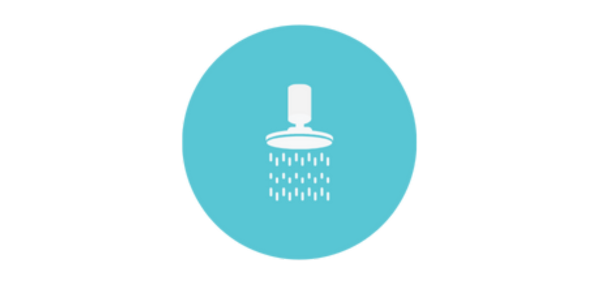

Understanding the Taumata Arowai Report
The 2023 Taumata Arowai Drinking Water Regulation Report offers an eye-opening look into the state of drinking water in New Zealand. While many water supplies are meeting new regulatory standards, gaps in safety and compliance still exist, particularly in smaller or rural communities. This blog will unpack the key findings of the report and what they mean for you as a consumer.
What is the Taumata Arowai Report?
The Drinking Water Regulation Report 2023, published by New Zealand’s water services regulator Taumata Arowai, provides a comprehensive review of the compliance and safety of drinking water supplies across the country. This is the third annual report and the first to fully incorporate the new standards and rules introduced in late 2022.
Key Findings:
-
Inconsistent Compliance Among Smaller Supplies:
The report shows that while most larger council-operated water supplies are compliant, smaller, community-based, or private supplies struggle to meet the required standards. Up to 489,000 people are served by supplies without a protozoa barrier, and up to 25,000 people receive water from supplies that lack a bacteria barrier. This exposes these communities to potential risks from pathogens like Giardia and Cryptosporidium. -
Increased E. coli Notifications:
E. coli contamination remains a concern, particularly in supplies drawing from surface water sources. High levels of E. coli in source waters suggest a need for improved multi-barrier treatment systems. The report indicates that many suppliers still rely on long-term consumer advisories as a stop-gap solution, rather than investing in infrastructure upgrades to ensure long-term safety. -
Chemical Contaminant Challenges:
New testing requirements for chemicals like lead, manganese, and disinfection by-products have led to an increase in notifications. Some of these contaminants are being detected at levels that exceed Maximum Acceptable Values (MAVs). This is particularly alarming as chronic exposure to such chemicals can pose significant health risks over time.
What Does This Mean for You?
The findings from the report suggest that while your tap water might be technically compliant, it may not be fully safe, especially if you live in an area served by smaller water supplies. Regular updates from your water supplier, along with investing in an effective home filtration system, are key steps to ensuring the water your family consumes is free from contaminants.
Actionable Steps:
-
Check Your Local Water Quality Reports:
Most councils provide annual water quality reports. Review them to understand the types of contaminants present in your local supply and consider how they align with your health concerns. -
Install a Home Filtration System:
If you’re in a high-risk area or your local water supplier frequently issues advisories, installing a comprehensive filtration system can significantly reduce exposure to contaminants like E. coli, lead, and residual disinfection chemicals. -
Advocate for Better Water Safety Plans:
Engage with your local water supplier or council to inquire about their Drinking Water Safety Plan (DWSP). Advocate for transparency and timely upgrades to infrastructure, especially if your area is under a long-term advisory.
Conclusion:
The Taumata Arowai report provides valuable insight into the complexities of maintaining safe drinking water. By understanding these findings and taking proactive measures, you can help ensure your water is not just compliant, but truly safe. Read the full report
1 comment
-
I like your water stories. I’ll check with Tauranga council and western Bay of Plenty regional council too.
Kinsa Hays on








